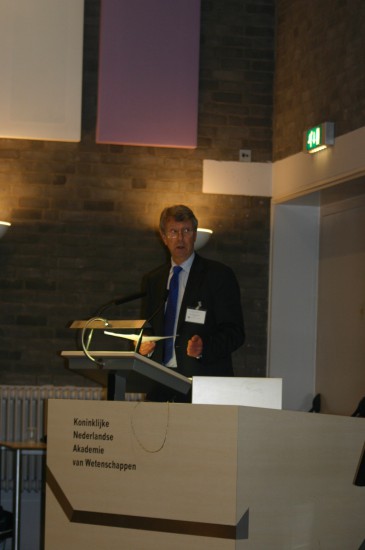It is a great privilege and pleasure for me to contribute to this colloquium in honour of Philip Veerman. Philip and I have known each other for many years, and I have great admiration for his tremendous efforts to ensure a better life for children around the world. Philip is a man of action, but he is also a scholar, indeed a scholar in multiple disciplines. Over the years we have had the opportunity to exchange our practical experiences and theoretical reflections, for instance, whenever Philip visited from Israel where he did such wonderful work in particular for Palestinian children. We discussed, among other matters, the application of the 1980 Hague Child Abduction Convention. Our conversations gave me very interesting and important insights into the reality of cross-border child protection in complex situations in Israel and its surroundings.

Dr. Hans van Loon, Secretary-General of the Hague Conference on Private International law (HCCH)
In my contribution I would first like to share some thoughts on the four modern Hague Children’s Conventions, in chronological order, the 1980 Child Abduction Convention, the 1993 Intercountry Adoption Convention, the 1996 Child Protection Convention and the 2007 Child Support Convention.
After having shared my perspectives on the four Conventions, I will discuss how these global multilateral Hague instruments operate as important tools to give effect to the UN Convention on the Rights of the Child (“CRC”), how they articulate two important principles of the CRC, the “best interest principle” and the right of the child to preserve his or her identity, and, finally, how they interact with the reporting system under the CRC.
I will conclude with some remarks on the impact of globalisation on the work of the Hague Conference in relation to the CRC.
Read Hans van Loon’s contribution The interplay between the United Nations Convention on the Rights of the Child and the Hague Conventions on child protection, against the backdrop of globalisation (pdf, 100kb)

 Follow
Follow


